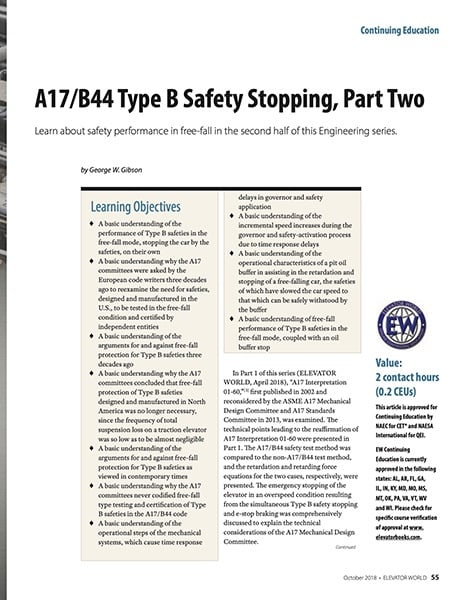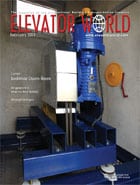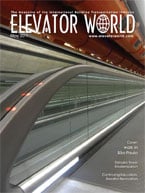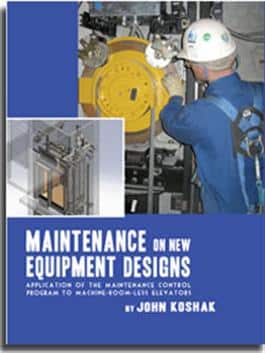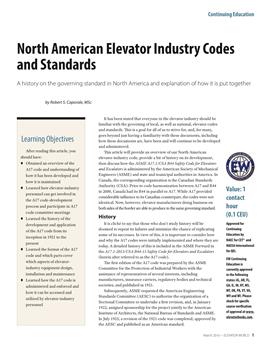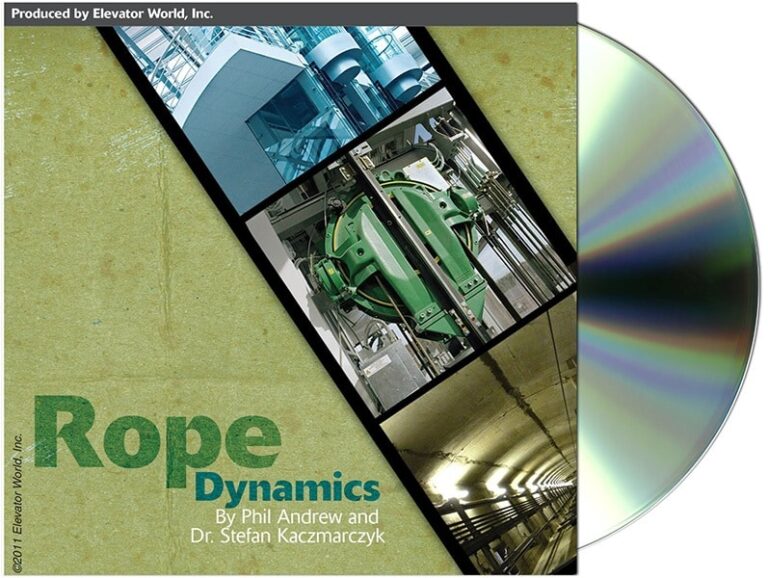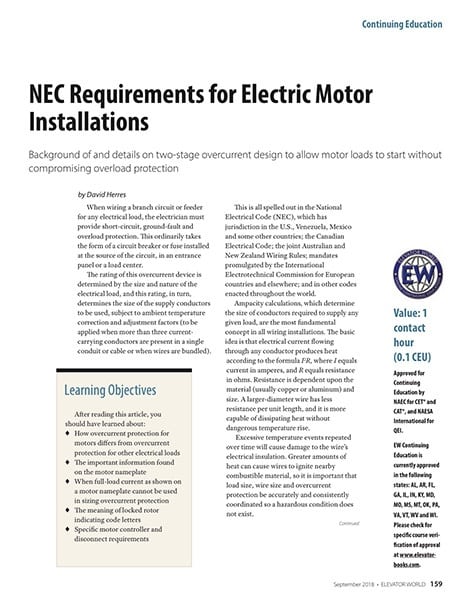2018 October A17/B44 Type B Safety Stopping, Part Two
Author:
Format: CEU (CONTINUING EDUCATION)
Publication Date: 2018
Article Link: Read Article
$55.00
9909 in stock
Description
SPECIAL NOTICE: Please check each course for verification of approval before purchasing.
This test is based on the article, A17/B44 Type B Safety Stopping, Part Two,
Learning Objectives: - After reading this article, you should:
- A basic understanding of the performance of Type B safeties in the free-fall mode, stopping the car by the safeties, on their own
- A basic understanding why the A17 committees were asked by the European code writers three decades ago to reexamine the need for safeties, designed and manufactured in the U.S., to be tested in the free-fall condition and certified by independent entities
- A basic understanding of the arguments for and against free-fall protection for Type B safeties three decades ago
- A basic understanding why the A17 committees concluded that free-fall protection of Type B safeties designed and manufactured in North America was no longer necessary, since the frequency of total suspension loss on a traction elevator was so low as to be almost negligible
- A basic understanding of the arguments for and against free-fall protection for Type B safeties as viewed in contemporary times
- A basic understanding why the A17 committees never codified free-fall type testing and certification of Type B safeties in the A17/B44 code
- A basic understanding of the operational steps of the mechanical systems, which cause time response delays in governor and safety application
- A basic understanding of the incremental speed increases during the governor and safety-activation process due to time response delays
- A basic understanding of the operational characteristics of a pit oil buffer in assisting in the retardation and stopping of a free-falling car, the safeties of which have slowed the car speed to that which can be safely withstood by the buffer
- A basic understanding of free-fall performance of Type B safeties in the free-fall mode, coupled with an oil buffer stop
Enrollment Procedures:
- If you do not already have an account on elevatorbooks.com, you will need to create one. NOTE: the name of the person purchasing must be the same name as the person who will take the exam.
- For articles, click the "Read Article" tab above to download and study the article. For other courses, be sure to purchase the corresponding book.
- Include your full name when purchasing the exam.
- Follow the instructions on the purchase confirmation page to log in to the Online Testing Center.
- If you scored 80% or above, you can immediately print your certificate of completion. If you fail the exam, you will be given instructions on how to pay a re-take fee and take the exam again.
Author Bio
STOP! IMPORTANT INFORMATION!
If you purchase a Continuing Education product (test/course) with another non-Continuing Education printed product (book, poster, etc.), the linked test may not be accessible until the following business day. To gain immediate access to your test, you must purchase the continuing education product and then make a separate purchase of the printed product that you want. Digital/pdf books are not affected and are available to download immediately with your test/course.
